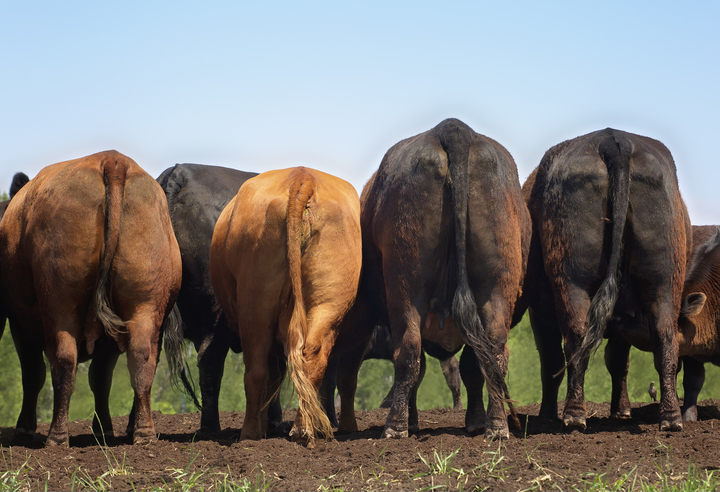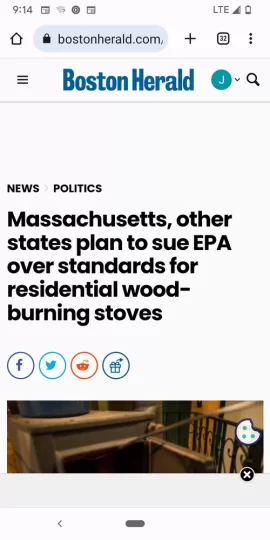The article did not dive into that subject specifically. I think in general terms they were referring to an irreversible systemic momentum. The consequences were not discussed. The gulf between the unlivable and really miserable may be large.
I don't believe there is much 'momentum' in the climate system. Things like forests lag by years, and glaciers by a decade... but these are perturbations... the climate largely follows the current forcing.
I was reflecting on how I wanted to respond, and
@joop pithily summarized my thoughts.

If I want to say something is bad or good, or scary or not scary, or really anything, I have to say 'compared to what?' I need a point of reference.
If my reference is 1950, then the (climate) future will be: bad, Bad, BAD!
If my reference is 2010, then the (climate) future will be pretty sucky.
But my reference is actually the projected climate of 2100, as viewed in 2000, or 2010, or even 2015.
Recall the time, not very long ago that the Oil (and Coal) companies were telling us TINA:
there is no alternative. They projected fossil fuel GROWTH monotonically through 2100 (not to mention making liquid fuels out of coal when the oil gets too scarce)! And THAT was called 'Business as Usual', or BAU.
While scientists were telling us that BAU bakes in a +5°C or higher world in 2100. A world with no polar ice, with rapidly rising oceans, collapsing ice sheets, no surviving forests outside boreal regions, all coral reefs and tropical forests gone, swaths of land where humans cannot survive without AC (dewpoint>95°F), mass extinction due to habitat destruction, etc.
And the fossil fuel guys and their bought politicians and lawyers and ad campaigns said 'Naw, that won't happen!' Remember TINA! Just keep paying us.
Those predictions were NOT hyperbole. An all fossil 21st century WOULD give us a world destroying +5°C trajectory. The habitat destruction and extinctions and ocean rise are irreversible, resulting in a permanently poorer, flooded and broken world.
That is what Mr. Gore was going on about... that our stated public policy was INSANE. And he was not wrong.
So, how did that all work out? We are now projected to come in around 2°C rise by 2100. And the climate of 2020 is already a +1°C rise.
So, we need to adapt to another +1 °C rise over the next 30-50 years, rather than +4 °C rise over the next 80 years.
Still sucks. There will be fires and floods and smoke and extinctions and killer storms and habitat loss and loss of many human lives.
But with the proper reference frame, its a piece of cake. A +2°C world will be recognizable to us. Degraded, for sure, but recognizable. A +5°C world would be a slaughterhouse.
And is not going to happen! And Al Gore will (wrongly) be seen by history as wrong. And alarmist.
And if you believe the current techno-optimists... we might come in around +1.6-1.7 °C. What a difference a couple decades makes.





 Truer words have never been spoken, but I'm not all that fond of either thought.
Truer words have never been spoken, but I'm not all that fond of either thought.





